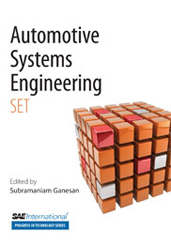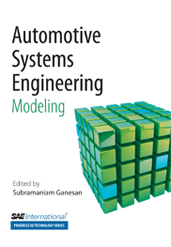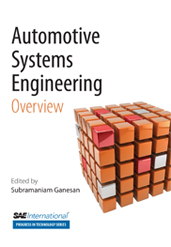Technical Paper
Architecture of By-Wire Systems Design Elements and Comparative Methodology
2003-03-03
2003-01-1291
By-wire systems have the potential of augmenting the normal capabilities of human drivers as well as serving as enablers for emerging safety technologies. To achieve these features, these systems must be carefully designed, analyzed, and verified for safety because they are new, complex, and potentially exhibit new and different failure modes and effects. Duplication may be required to ensure that safety margins are met in the presence of faults. Full duplication of every system may not lead to a cost effective implementation, especially if multiple independent by-wire systems are placed on a single vehicle. Other architectural approaches for the integration of by-wire systems need to be considered and analyzed. These architectures should meet if not exceed the safety requirements while providing a more cost effective implementation than a fully duplicated architecture.






